
What is a Roller Conveyor?
Roller conveyors are part of material handling systems that use a series of evenly spaced cylindrical rollers to move boxes, supplies, materials, objects, and parts across an open space or from an upper level to a lower level. The frame of roller conveyors is at a height that makes it easy to access and load materials manually. Items transported by roller conveyors have rigid, flat surfaces that allow materials to move smoothly across the rollers.
The uses for roller conveyors include accumulation applications, reduction of product inertia, and high-speed sorting. Drive roller conveyors have rollers attached to a motor by a chain, shaft, or belt. The use of drive rollers equalizes the velocity at which materials are moved, can be reversible, and can have the capability of moving goods from a lower level to a higher one. They are used in bi-directional applications where the conveyor’s motor can change a product's
Construction of Roller Conveyor
Roller conveyors have design features that enable them to serve the needs of specific applications. Although roller conveyors vary according to their structure, mode of movement, and other manufacturer features, all roller conveyors have the same basic characteristics.
Powered roller conveyors have small belts and plastic spools that give traction to the rollers. Friction belts or chains placed beneath the conveyor of a powered roller conveyor are used to power its heavy-duty rollers and are connected to a shaft that spans the length of the conveyor's frame, which is linked to an electric motor that drives the rollers.
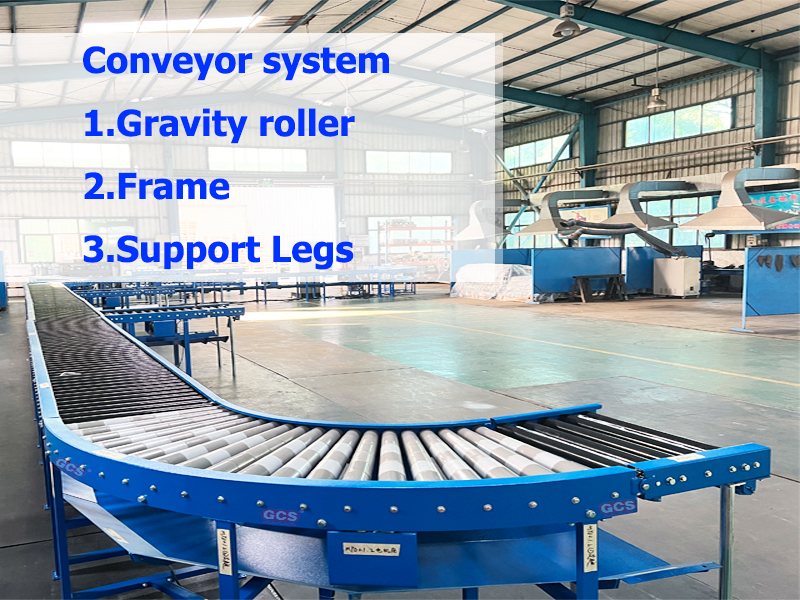
Rollers are classified by material
Rollers for roller conveyors are metal cylinders fitted into their frame with sets of bearings on either end of the cylinder. There are several types of conveyor rollers each of which is designed to fit the needs of the product being transported. Rubber and plastic rollers increase friction while steel and aluminum rollers have a smooth surface. Rollers are selected for their ability to keep products on the conveyor, and their ability to maintain the integrity of products.
Plastic Rollers
Plastic conveyor rollers are economical rollers and are designed to handle light loads. They are easy to install and require little maintenance. Plastic conveyor rollers meet the noise standards of the Plastic conveyor rollers comply with occupational and application food safety. Since plastic does not corrode, or rust, and is resistant to the effects of moisture, they have a longer useful life. Plastic conveyor rollers are easy to clean and are used to transport food packaging in the food industry.
Nylon Rollers
Nylon rollers are used for medium to heavy loads and have the durability and strength that enables them to withstand constant use. They are made of synthetic polymers that are resistant to abrasion, chemicals, and corrosion. Nylon conveyor rollers, like plastic conveyor rollers, are lightweight, easy to install, and produce limited noise due to their low vibration.
Rubber Coated Rollers
Rubber-coated rollers have a rubber coating placed over steel, stainless steel, or solid plastic rollers. The rubber layer improves the grip of the roller and protects the roller and products. The types of rubber coatings vary by the industry where they are used. Rubber-coated rollers are resilient, soft, and have the ability to grip smooth materials.
As with all rubber products, rubber-coated rollers are anti-static, chemical resistant, customizable, and durable. They are used by the automotive industry, in printing, packaging, and fabrication. Rubber-coated rollers have increased friction between the roller and materials that prevent slippage.
Steel and Stainless Steel Rollers
Steel and stainless steel rollers are the most popular conveyor roller materials due to their durability and smooth surface. They are simple to clean, long-lasting, strong, and capable of moving heavy materials. Steel and stainless steel are used as the core for plastic, nylon, and rubber rollers due to their smooth surface and exceptional strength.
Stainless steel rollers are compatible with any material, can accommodate smaller diameters, have precision bearings or are fixed shafts, and can be adjusted to meet shipping needs.
Structure of roller conveyor
The frame of the roller conveyor can be permanently positioned or temporarily placed and is made of steel, stainless steel, or aluminum. The convenience of temporary roller conveyors makes it possible to assemble and disassemble them for repositioning. In the choice of structural metals, aluminum roller conveyors are lighter and used to move lighter loads.
The support legs of the roller conveyor come in different sizes, materials, and styles to meet the needs of the conveyor and its load. They can be in tripod design or "H" design, with the "H" design legs divided into light, medium, and heavy-duty. The support legs are made of channel steel and can accommodate rollers of different diameters.
roller conveyor motor
The roller conveyor motor is a 24-volt DC motor, which consumes less energy and has less torque, so it is safer. The electric roller conveyor is divided into several zones, each with an electric roller (MDR), which is connected to other rollers in the zone. The DC motor is built into the roller in one area and is controlled by the operator to determine the speed and direction of the conveyor movement.
Here are some types of roller conveyors commonly used in industrial and commercial settings: Gravity Roller Conveyor:
-
Gravity Roller Conveyor: These conveyors are powered by gravity and require manual pushing of products along the rollers. They are often used for light to medium-weight loads and are cost-effective for material movement.
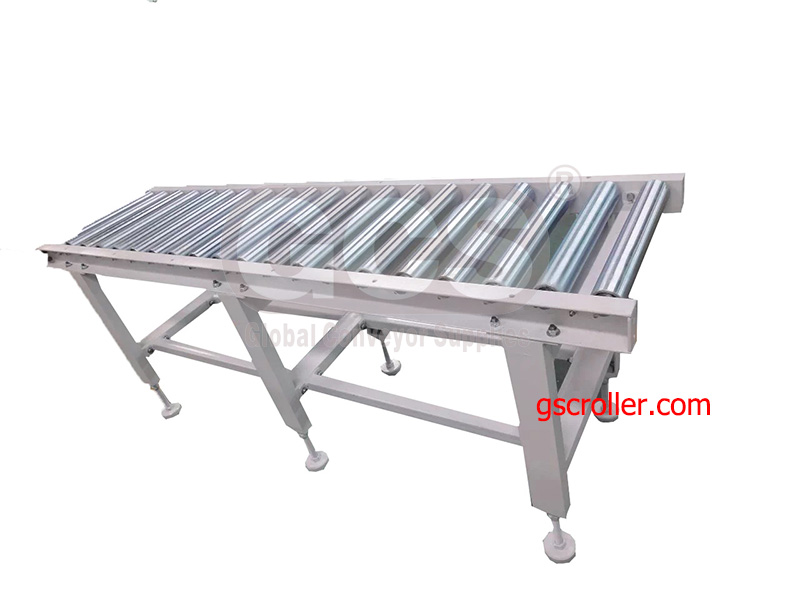
-
Belt Driven Live Roller Conveyor (BDLR): This type of conveyor is equipped with a motorized belt that powers each roller, allowing for controlled movement of materials. BDLR conveyors can handle clean and dry medium to heavy loads and are capable of pausing or reversing movement.
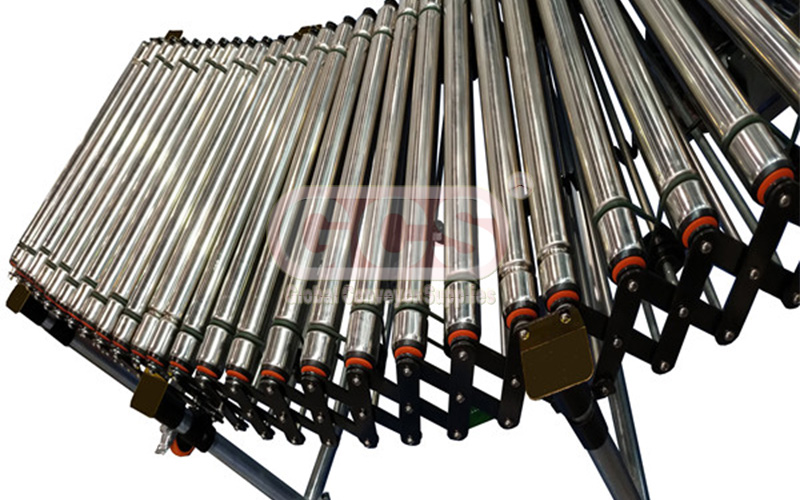
-
Chain Driven Roller Conveyor: Powered by a chain drive connected to each roller, these conveyors are suitable for medium to heavy loads. They are durable and provide optimal performance in harsh or hazardous conditions.
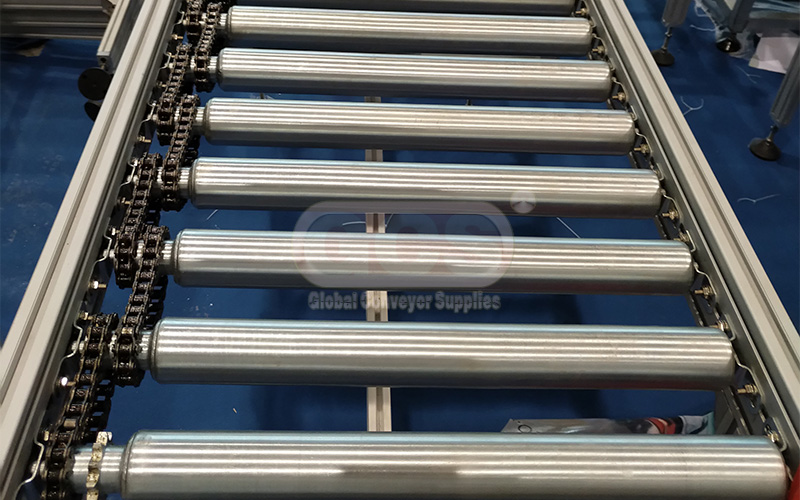
-
Line Shaft Roller Conveyor: Driven by a rotating shaft attached to the rollers, these conveyors are used for accumulation, sorting, and handling medium to light-duty loads. They can power over 100 feet of straight and curved rollers, increasing efficiency.
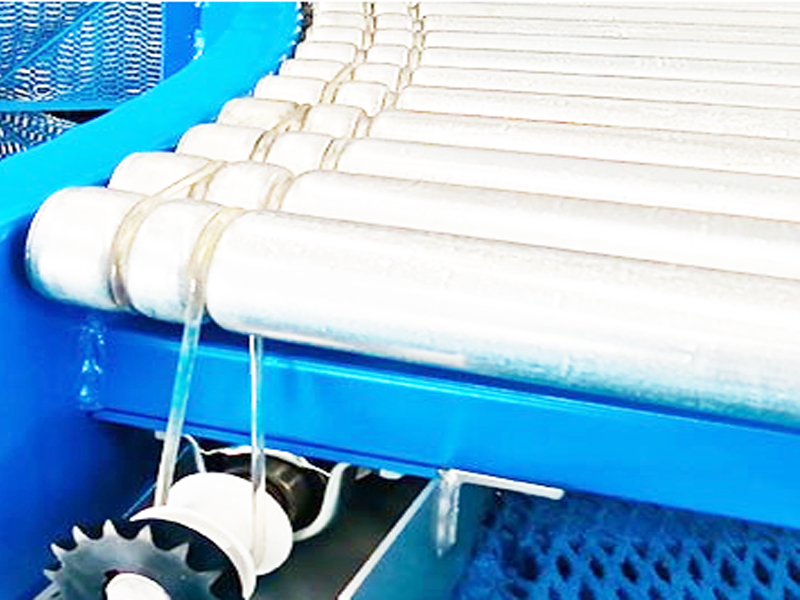
-
Zero Pressure Roller Conveyor: Equipped with zones driven by 24-volt DC motors controlled by sensors, these conveyors prevent the build-up of back pressure between materials. They are used for automation applications requiring precise timing and consistent material flow.
-
Motor Driven Live Roller (MDR): These conveyors have small 24-volt DC motors built into the rollers, making them ideal for accumulation due to their small size. They eliminate the need for complex pneumatic systems and are easily adaptable to declines, inclines, or speed changes.
-
Merge Roller Conveyors: These conveyors are designed to capture products from multiple feed lines and combine them into a single product stream. They improve warehouse product flow and minimize manual product manipulation.
Each type of roller conveyor offers unique features and advantages for specific material handling needs in various industries.
FAQS
A:T/T or L/C. Other payment term we can also discuss.
A:We support customization according to your request.
A: 1 piece
A: 5~20 days.We always prepare enough raw materials for your urgent needs, we will check with our production department for nonstock products, to provide you with the exact delivery time and production schedule.
A:We are the 100% manufacturer ,could guarantee the first-hand price.
A: Warmly welcome. Once we have your schedule, we will arrange the professional sales team to follow up your case.
The customer communication
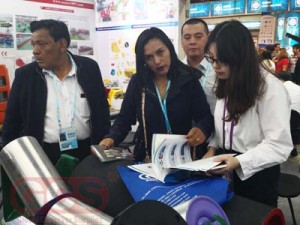
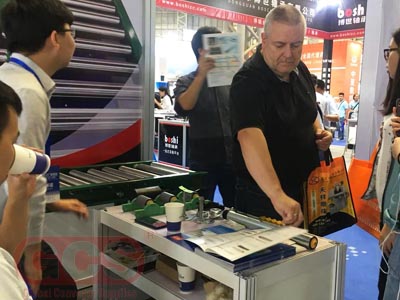
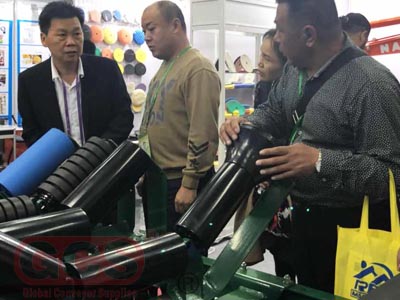
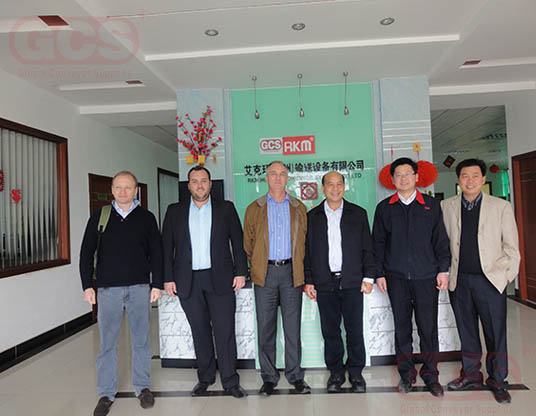
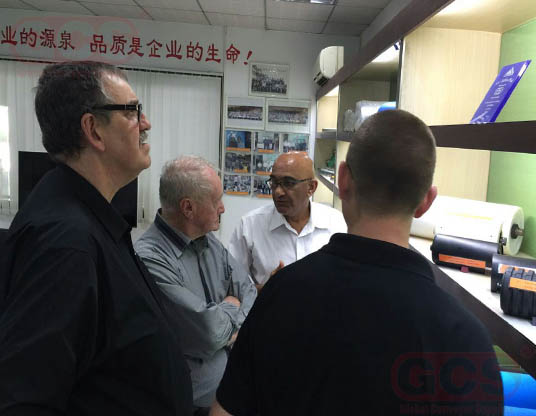
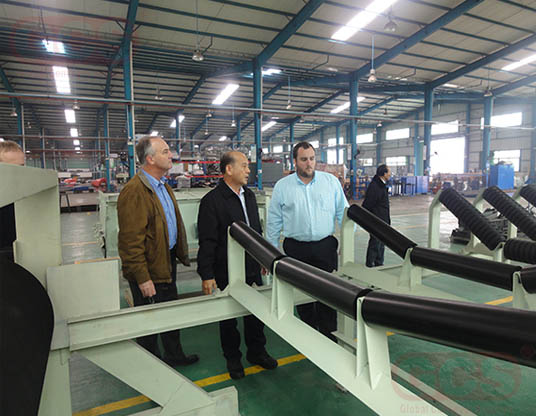
Post time: Jan-02-2024
